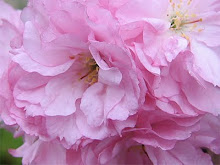
Color is one of the main tools for determining the proportions of yin to yang in something. The more red there is means the more yang it is; the more purple means the more yin.
The color spectrum ranges from red on one end to purple or violet on the other end — yang on one end and yin on the other end, respectively.
- Red is yang.
- Orange is less yang.
- Yellow is even less yang.
- Brown is a mixture of colors, yin and yang combined
- Green is even less yin.
- Blue is less yin.
- Purple is yin.
- Black is yang.
- White is yin.
- Animals are red-blooded, therefore animal foods are yang (compared to plant foods).
- Plants are green-blooded, therefore plant foods are yin (compared to animal foods).
Related Blog Articles:
The Color Classifications of Food
Guidelines for Classifying in Terms of Yin and Yang
























































